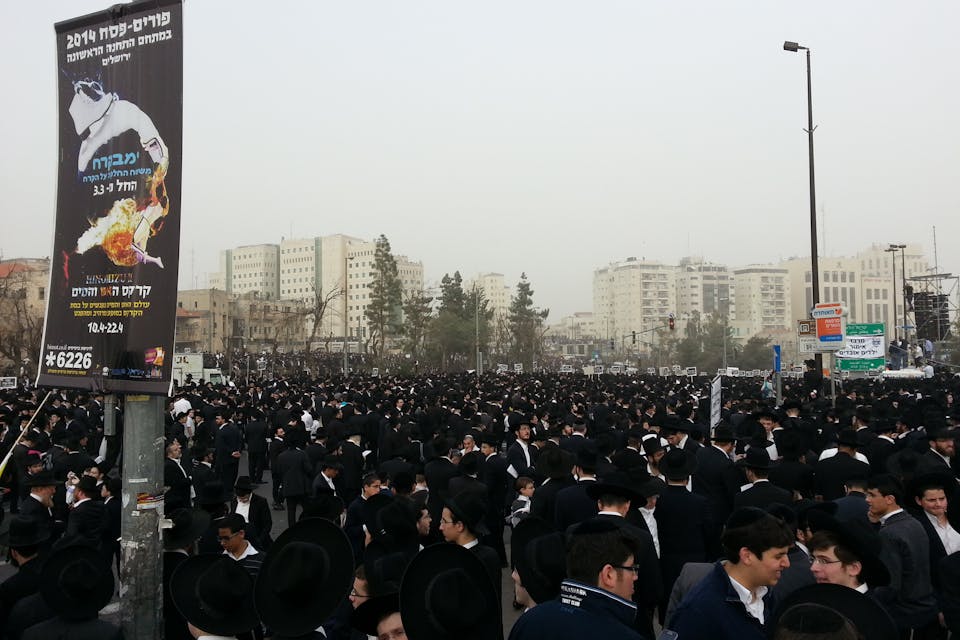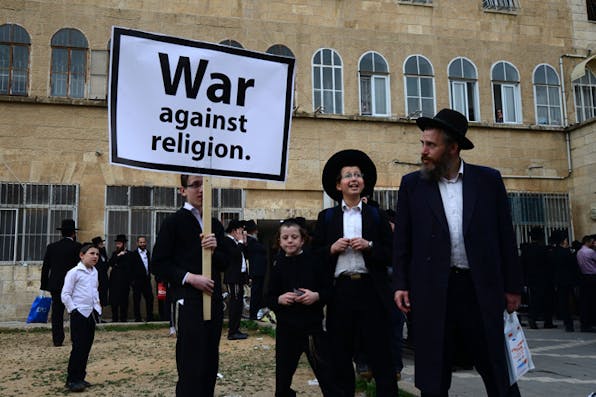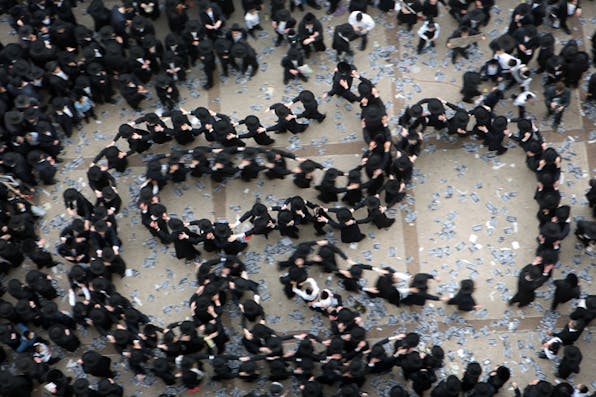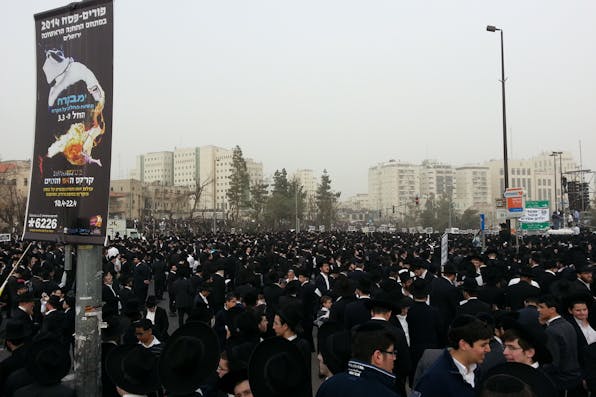
December 22, 2014
Could the Haredi System Melt Down?
The old haredi model is unsustainable, but the haredim are, and should be, here to stay; here's why and how.
Reading the responses to my essay by Peter Berkowitz, David Glasner, Yehoshua Pfeffer, and Moshe Koppel was a fascinating experience. I thank them all. In what follows, I’ll reply to a number of specific points and share some more general thoughts.
In “Five-and-a-Half Myths About Ultra-Orthodox Jews,” Yehoshua Pfeffer writes that the phenomenon of haredi nonparticipation in the workforce is distinctive to Israeli haredim and “isn’t a trait of haredim everywhere.” This certainly has been true in the past, but it is becoming less so. In fact, the flourishing of haredi society in Israel has made it a model for its Diaspora counterparts. Its attractions are transmitted via the media and social networks (which, contrary to another myth, haredim use much more often than is usually thought) and the yeshiva system. The best and most developed yeshivas in the world are located in Israel—a huge historical achievement in and of itself—and many young haredim come from elsewhere to study in them; along the way, they can develop a desire to imitate the Israeli mode of haredi life. Israeli haredi fundraisers, for their part, tout this model as a unique selling point to Diaspora donors. All of this helps to spread the appeal of Israeli haredi life to the younger generation—and thereby contributes, slowly but steadily, to cutting off the branch on which sits the entire financial support system of the haredi world.
Contending with another myth—of haredi “fundamentalism”—Pfeffer states that when it comes to Jewish religious law (halakhah), haredi rabbis and the haredi public are considerably more flexible than most people imagine; he offers some key examples in evidence. But some of the rulings cited by Pfeffer were instituted hundreds of years ago, as were other significant enactments like the abolition of polygamy and slavery. As for contemporary haredi life in all its diversity—accurately described by Pfeffer—it is indeed governed to a large extent by halakhah, but it is not synonymous with halakhah. In certain respects, it even goes counter to explicit rulings, including those stipulating a husband’s responsibility to sustain his family through his own labor and without relying on charity unless absolutely necessary. In other cases, haredim have adopted non- or quasi-halakhic customs and norms, including certain dress codes, the obligation of a bride’s parents to purchase an apartment for the young couple, and more.
Responses to December ’s Essay

December 2014
How Not to Help the Ultra-Orthodox
By Peter Berkowitz
December 2014
By the Sweat of Jewish Brows
By David Glasner
December 2014
Five-and-a-Half Myths about Ultra-Orthodox Jews
By Yehoshua Pfeffer
December 2014
How the Ultra-Orthodox Undermine Themselves
By Moshe Koppel
December 2014
Could the Haredi System Melt Down?
By Aharon Ariel Lavi